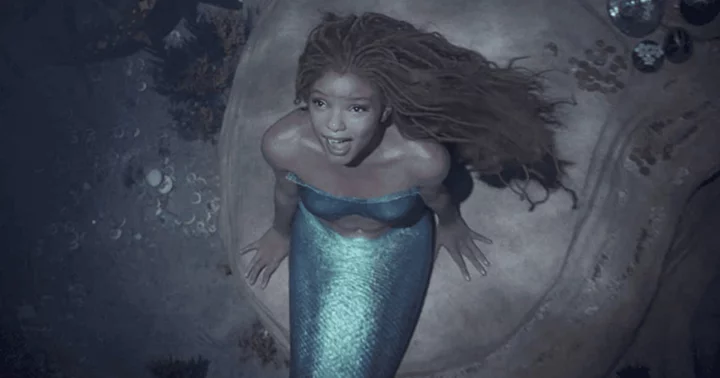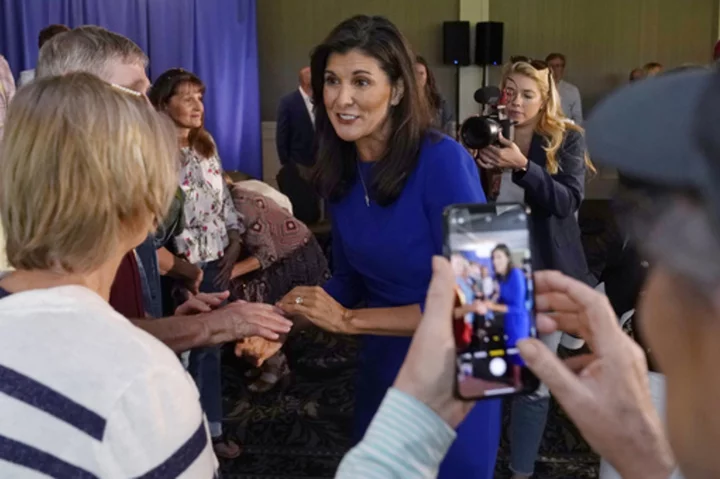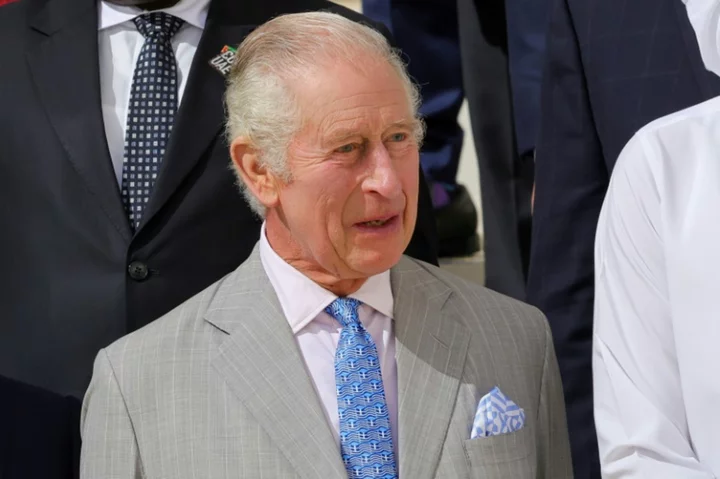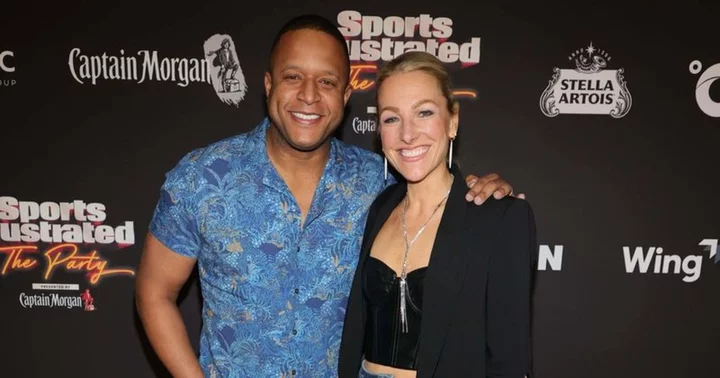'The Little Mermaid' musical adaption by Rob Marshall is expected to bring in up to $120 million over the four-day trip. Everything about this recreated masterpiece has been highly anticipated, including the cast. Awe-inspiring special effects are needed in this magically themed film, which also features music, a sea witch, talking fish, and other fantastical elements. Was it simple for our "little mermaid" Halle Beily or the cast to accomplish the same magic? It doesn't seem so at all as the crew talks about Bailey's "truly amazing" mermaid transformation.
Tim Burke, the visual effects supervisor who won an Academy Award for Ridley Scott's 'Gladiator' and was nominated for 'Harry Potter and the Prisoner of Azkaban', and 'Harry Potter and the Deathly Hallows' Parts 1 and 2, discusses the film's VFX process, which included mounting the actors on rigs and creating hundreds of computer-generated sea creatures, in a new episode of The Hollywood Reporter's Behind the Screen podcast.
READ MORE
Halle Bailey endured hell to deliver the performance of a lifetime
Oscar winner Tim Burke discusses the intricate 'Under the Sea' musical piece with more than 400 digital figures in a new edition of THR's 'Behind the Screen', as well as his opinions on the VFX industry and Bailey's truly amazing transformation into a mermaid. It "really seemed that the principle for this would be to put actors on rigs that could be moved around spatially on the floor, using stunt people to actually push the rigs and also to introduce dance people who could help puppeteer the actors so they could actually move in a way that gave us essentially the movement of their head," he said, referring to Bailey and other actors who played underwater characters.
'You’ve gotta be fixed'
"If you are held in a rig, there’s no way you can move your, your body. You’ve gotta be fixed from a certain point," Burke detailed. "We used their faces for real, which allowed them to deliver lines of dialogue to emote, to give us the performance. … But we would then replace everything apart from the faces and the hands with digital bodies, which would allow us to then translate the movement through their bodies to make it look like they were really propelling themselves through the water." According to the Oscar winner, they "gave their best effort by using the performers' actual faces, which allowed them to react while delivering language. … However, they would subsequently swap out everything save their faces and hands with digital bodies, allowing them to transmit action through their bodies to appear as though "they were really propelling themselves through the water."
'Supporting herself through her stomach muscles'
Bailey was "delivering the most amazing performance and singing as well, within these rigs," Burke went on and mentioned, "but she was giving a performance and a believability." The visual effects supervisor claimed that the way she performed as a mermaid "really sold the fact that she was a mermaid." It was a lot simpler to replace her body, add her tail, and clearly create the animation that accompanied her physical movement when she actually gave a credible performance in the first place.
"She did an incredible amount of intense physical training to be fit for working on this because she was spending – I don’t know how many hours a day, but several hours a day – almost supporting herself through her stomach muscles in different positions [in the rigs]," said Burke.
'My first time ever doing a film like this'
Bailey recently shared the behind-the-scenes pictures of the film shoot and said in the caption, "Can’t believe it today is the day!! the little mermaid is out everywhere in theaters now this was my first time ever doing a film like this, and words can’t describe how immensely grateful i am to have had this experience with such a beautiful group of people …please go…"









